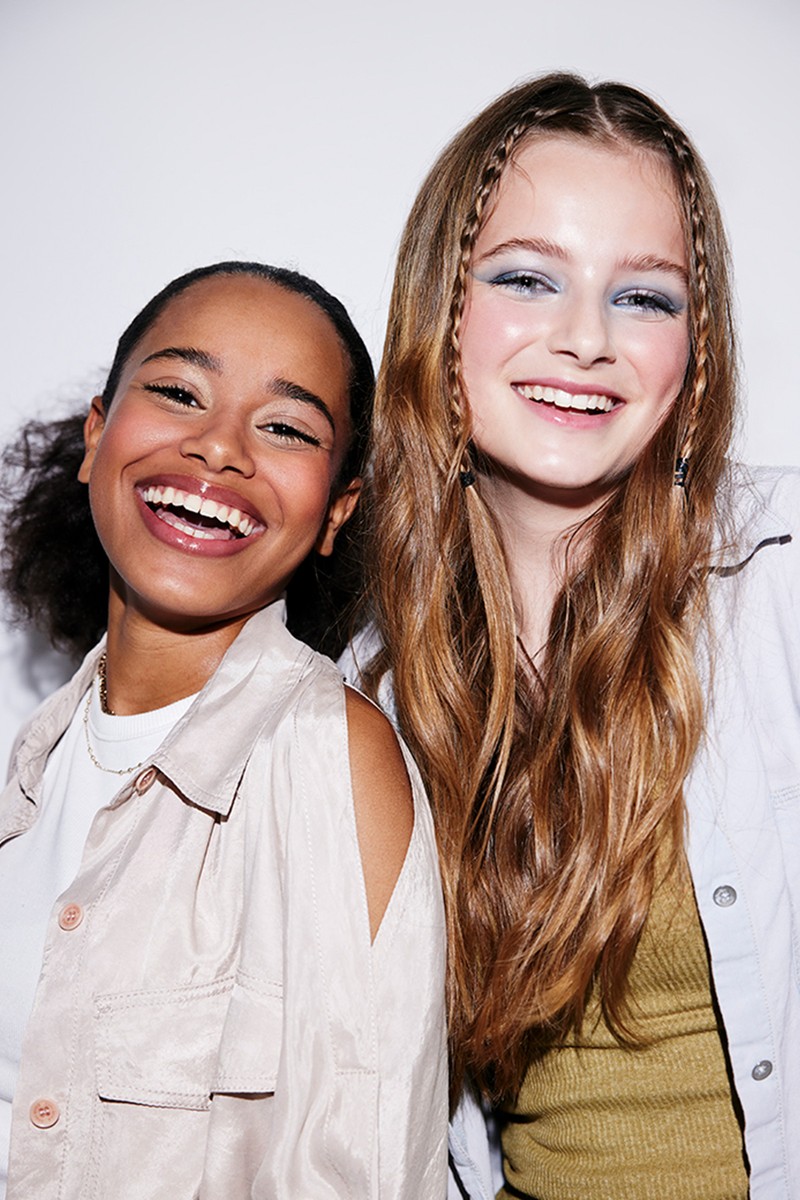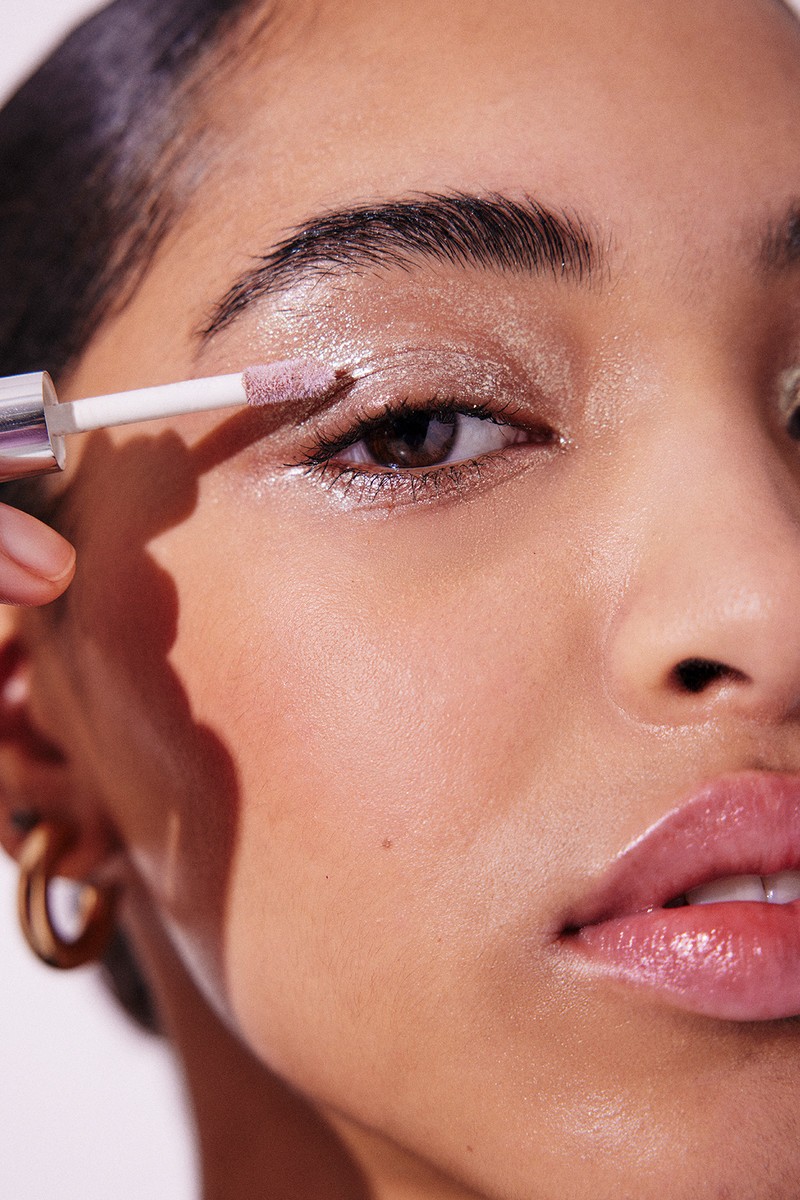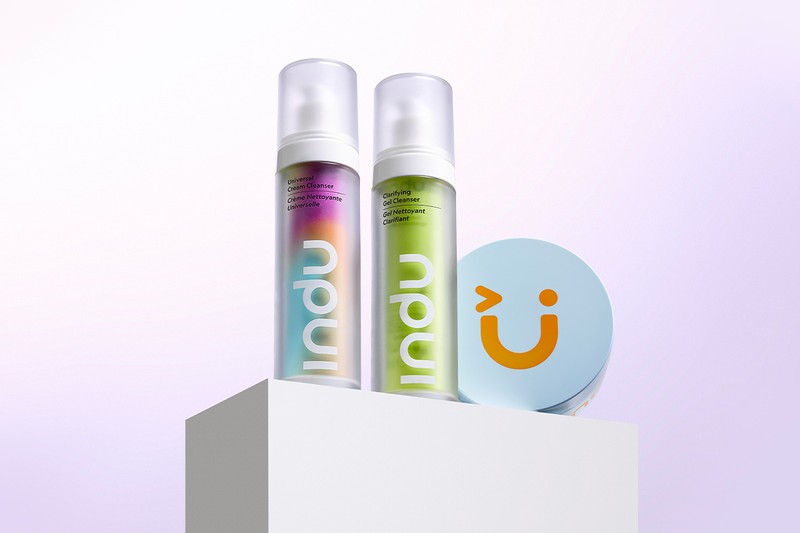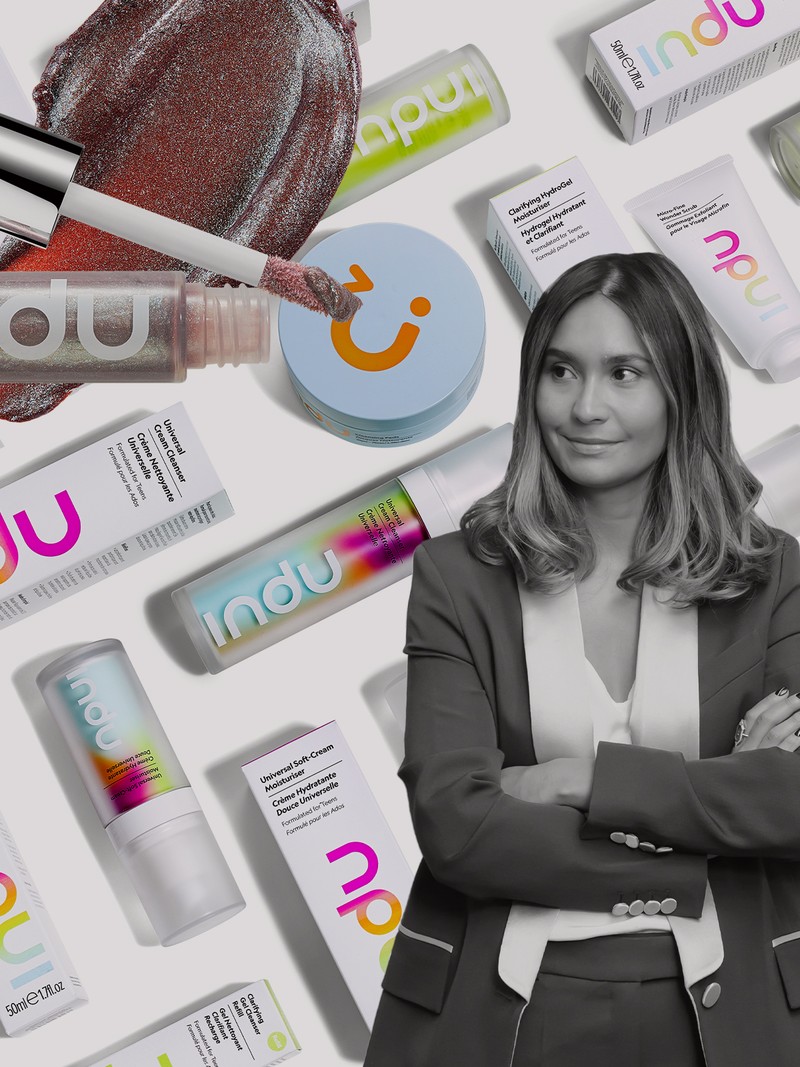
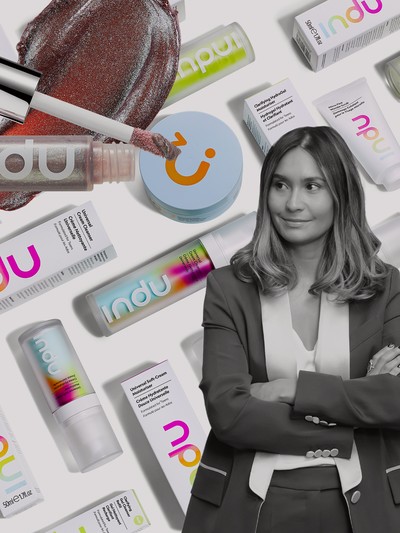
What It Takes To Build A Beauty Brand In 2024
Having The Idea
AC: I was on holiday with my wife and kids in August 2021 – I have twin daughters who at the time were 12. I still had one foot in Feel Unique and Sephora, but I was curious as to how we could attract and retain a younger audience. Most of the products we sold were aimed at a slightly older audience, but after chatting to my girls, it became clear there were a plethora of fashion brands out there targeting teens that were cool, age-appropriate and building great communities. The difference was they had no desire to hang onto that audience as they grew up – the product, marketing and messaging was only ever going to speak to teens.
RH: It was something we weren’t really seeing much of in the beauty space. I remember Aaron saying his kids showed him some of their favourite products – one was a Too Faced Better Than Sex mascara and the other was a NARS ‘Orgasm’ Blush. Reminder, they were 12. Don’t get me wrong – those are great products, great brands, great ingredients. But they're not the best thing for young girls to be buying or taking into school with them. Those brands are aimed at an older audience, so teens are getting this unrealistic, biased view as to what they should be striving to attain in a beauty sense.
AC: The other conversation I had with my twins was about skincare. My wife worked for Clarins for many years, so they’re pretty clued up compared to other kids their age, but I remember one of them telling me she'd seen some stuff on TikTok that said if she used retinol-based products, she wouldn’t develop any fine lines or wrinkles in her late 20s. As a parent, that was quite a frightening thing to hear. That’s when one of them suggested we start our own brand.
Testing The Waters
AC: I started reaching out to people in the industry – both on a corporate level, and then make-up artists (like Reena’s mum Ruby) and consultants. The response was overwhelmingly positive, so in a matter of days, the wheels started turning. We appointed a bunch of advisors, and I also had to get Sephora involved because I had a very strict non-compete clause. But the team recognised that this was an opportunity in plain sight. I phoned Richard and he was in. While we had fantastic relationships with retailers, we recognised the need for a creative powerhouse who could master product and branding. Reena was top of the list. Indu is something we could have done a lot more quickly and a lot more cheaply, but we wanted to do it in a way that would turn it into a global brand.
RH: I remember getting the call from Aaron – I was pregnant at the time and gave birth in December 2021, so becoming a parent was probably good timing in that I was suddenly aware of the way in which brands market to certain age groups and demographics. The market is oversaturated with brands, but the more I thought about it, the more I realised how few had a compelling USP. This felt like a chance to completely rewrite the book. There was a purpose, and that felt really exciting. I'd already met Aaron a couple of times through mum and dad, so I trusted that he and Richard were going to do right by this brand.
Conceptualising A Teen Brand
RH: The first phase of Indu involved a lot of research – mainly because this was such a new concept and we wanted to confirm what Aaron’s girls had said. A major statistic said 75% of teens wanted something that had been designed just for them. That contradicted this idea that teens only want to buy into adult brands. In fact, it suggests they buy products from Charlotte Tilbury and Glossier because there aren’t really any options between that and something with Tinkerbell’s face on it. A good middle-of-the-road brand we looked at is CeraVe – great product, but it’s not massively inspiring for teenagers. It made us think, why can’t you have a great product at a great price point that looks good on your bathroom shelf?
AC: The first thing we did before we spent any money was appoint an agency called KidsKnowBest. We worked with 1,000 teenagers in the UK and another 1,000 in the US and did a massive deep dive into what they bought, what they liked, what they didn't. Music, fashion, food… we looked at it all. Then we set up a committee of 30 teenagers who have been involved in every conversation and major decision since. We can genuinely say the products, packaging, colours, textures and scents have all been designed with teenagers’ input. Today, the committee is 250 strong and we still engage with them regularly.
Formulating The Product
AC: We went to a lot of trouble to get the product right. I can remember asking Sephora’s CEO Artemis Patrick about the idea early on, and she said two things: you need to be authentic and the quality of the product needs to be exceptional. You can sell anything once with good branding and packaging, but we want people to come back time and again. That’s why we’ve worked with the people who formulated most of Elemis’s hero products to create a range that is very specifically for teen skin. We want people to know this line is designed for the exact concerns teens have.
RH: It’s not about fixing problems – teen skin is just about as healthy as it’s ever going to be. They have the most collagen, the most elasticity. So, there's a real science behind why this product is good, and that makes it credible.
AC: When Richard and I were running Feel Unique, it was estimated that there were 200 beauty brands launching into Europe every year, and plenty of them would pitch to us. We always asked ourselves two things: is the product good? And what makes it different? Beauty brands need to be able to position themselves against hundreds of other brands. No one needs another avocado-based eye cream in pink packaging. The only way I could think to create the best products was to go to the best people.
Shaping The Look
AC: When I said we consult the teens on everything, I mean it. We'll ask them should we be on this platform or not? Should we use this language or not? When we shoot it, should we do it like this? They really get into the weeds of a brief before we even start doing anything. That’s why I think it’s landed so well – because it’s essentially been this ongoing listening exercise.
RH: We have made certain rules, like not using adult faces – that would just be confusing. About 90% of the time, the faces you see in our campaigns are committee members. They're not models, they're real people, which we think is incredibly important. We don't retouch the images either because it's important to mitigate the need for perfection that a lot of older brands put forward. We want people to feel included and free to be who they are. Maybe one day you want to wear some lip gloss and another you want to rock blue eyeshadow… That’s okay!
AC: Initially, we had three or four different branding identities. It was based on the research we’d conducted and the grown-ups in the room were convinced the teens would like option A, they might like option B, but they wouldn't like option C. By a long margin, they liked option B best. That’s how we ended up with the branding that you see now. The clean look reflects the effectiveness of the formulas, the rainbow motif suggests this is for everyone. Where possible, the packaging is recycled, recyclable and refillable because we found that’s what sustainability means most to teens. Plus, they told us it helped them think they were saving money!
Building The Team
RH: We recruited some very experienced people into roles like head of community and head of product development – people who had done this multiple times before and who weren’t afraid to get their hands dirty. We knew we couldn’t hand-hold junior people through this process – we needed to get stuff done. We’re now almost a team of 15.
AC: We were lucky because we were retailers first, so we had no preconceived ideas about how to do this. We took a pragmatic view and decided to launch skincare and make-up together. We wanted to be a one-stop shop. We also considered doing our own direct-to-consumer model but went with an exclusive Sephora partnership instead because it was important to be online and in store – that’s where teens buy their products these days. Plus, they want to see, touch and play. We launched with 85 SKUs, so the next phase will be about filling the gaps our community spots and expanding things like shade ranges. That’s probably ten years’ worth of work.
RH: We’re never going to be the sort of brand that urges customers to build a 15-step routine. Nor are we suddenly going to launch a candle line next week. The focus is on clean skin, as well as hydration and protection. The way forward is collaborations, exclusives, holiday ranges, things that will maintain our audience’s attention. Everything has to have a purpose or solve a problem.
Finding Investors
AC: A couple of people offered us money early on – but we kept the initial fundraising rounds limited to just family and friends. We've raised around £8m over the last three years and we just closed a round for £4m. It's a lot of pressure when you have friends’ money at stake, but I’ve told every single investor – big or small – there's a good chance you might not see your money again. We hope that you will, but I can't promise anything. Now with Unilever Ventures and V3 Ventures as our first institutional investors, it adds a whole new dynamic because these are very experienced investors who have backed some amazing brands like The INKEY List. On one hand, it's a great validation, but it also brings its own challenges because they're looking after the money of Unilever and their own investors.
Planning For The Future
AC: We really believe we can create a global beauty brand for teens. We have investors who are going to want a return at some point, but that doesn't necessarily mean a sale or an exit. It could be an IPO. It could be that we're a hugely profitable business and people can have a secondary route to exit. This is going to sound trite, but when we sold Feel Unique to Sephora, it became Sephora overnight. In two or three years’ time, I’m sure no one's going to remember Feel Unique existed – at least the younger generation won’t. By starting this brand, we have the chance to create a legacy. Even if this business did sell or we IPO, no one's ever going to change the name. Whatever happens, it will be something where my kids and Reena's kids will be able to say, “My parents founded that.”
RH: We have a real purpose and we're all equal in what we have of the business, so we just want to build a good company. I’ve been so lucky to have two parents in this industry, because I’ve absorbed so much without even knowing it. This is a chance to put real blood, sweat and tears into something. We’re not just trying to sell stuff – yes, there is a business element to consider, but teens have been forgotten in this space and they deserve better. I want to create a brand that ultimately helps them build a healthy relationship with beauty.
Shop Indu exclusively at SEPHORA.CO.UK
Follow @REENAHAMMER & @AARONCHATTERLEY
DISCLAIMER: We endeavour to always credit the correct original source of every image we use. If you think a credit may be incorrect, please contact us at info@sheerluxe.com.

